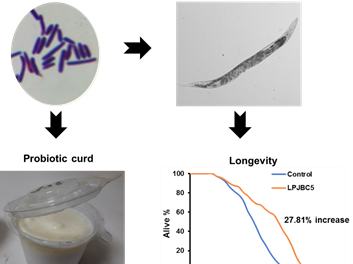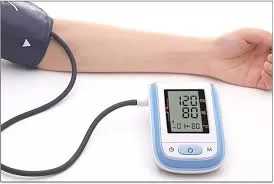A comprehensive new study has cast doubt on the effectiveness of many common nonsurgical treatments for low back pain, finding that the majority offered little to no significant relief compared to placebo. The research, a systematic review and meta-analysis, suggests that only a small fraction of treatments demonstrated even modest pain reduction.
Researchers, led by Aidan G. Cashin, PhD, from Neuroscience Research Australia, analyzed 301 randomized placebo-controlled trials, encompassing 56 different treatments or treatment combinations. The study, published in BMJ Evidence-Based Medicine on March 18, focused on pain intensity outcomes following treatment for both acute (less than 12 weeks) and chronic (12 weeks or more) low back pain.
The findings revealed that for acute low back pain, only nonsteroidal anti-inflammatory drugs (NSAIDs) showed efficacy with moderate-certainty evidence. For chronic low back pain, five treatments demonstrated efficacy: exercise, spinal manipulative therapy, taping, antidepressants, and transient receptor potential vanilloid 1 (TRPV1) agonists.
However, a significant number of treatments failed to outperform placebo. Three treatments for acute low back pain (exercise, glucocorticoid injections, and paracetamol) and two for chronic low back pain (antibiotics and anesthetics) showed no efficacy with moderate-certainty evidence. Furthermore, a substantial portion of treatments—20 for acute and 38 for chronic low back pain—had inconclusive evidence due to low- to very low-certainty data.
“Most nonsurgical and noninterventional treatments for low back pain were not efficacious,” the researchers concluded. They emphasized the need for further high-quality, placebo-controlled trials to reduce uncertainty and improve the design of placebos in future studies.
The study acknowledged several limitations, including variability in placebo definitions across trials, the grouping of similar treatments regardless of administration route, and the exclusion of unpublished trials. The certainty of the findings was also limited by small sample sizes, inconsistent results, and heterogeneous placebo quality.
The researchers disclosed receiving partial funding support from institutional awards and national health research grants, with full details available in the original article. No relevant conflicts of interest were reported.
Disclaimer: This news article is based on the provided study and should not be considered medical advice. Individuals experiencing low back pain should consult with a healthcare professional to determine the most appropriate treatment plan for their specific condition.1 The findings of this study do not negate the potential benefits of any specific treatment for individual patients, and treatment decisions should always be made in consultation with a qualified medical expert.












